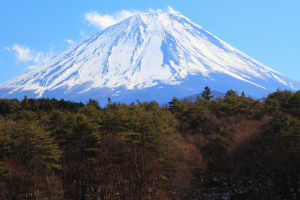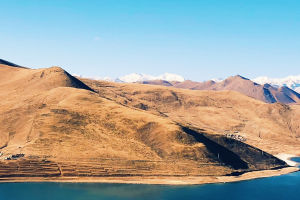Gippsland, a region in southeastern Australia, is home to many beautiful natural landscapes. However, one of its most fascinating features is its mysterious glowing lake.
During the day, the lake appears like any other lake, but at night, the water emits a luminous blue glow that has left many people wondering about its cause.
Initially, many thought that the source of the mysterious glowing lake was light reflected from the sea surface caused by lights or moonlight refracted by the atmosphere. However, further investigation by experts has revealed that the source of the glowing phenomenon is a type of plankton known as Nocturnal algae.
Nocturnal algae are a unique type of plankton that have spherical bodies and are extremely tiny, with cells ranging from 150 microns to 2000 microns in diameter. The cells of Nocturnal algae glow when stimulated, especially on the sea surface at night.
Interestingly, the fluorescence grows stronger as the night grows darker, and the wind and waves contribute to the brightness of the glow. The greater the wind and waves, the brighter the fluorescence, while it is not visible on calm seas.
Plankton such as nocturnal algae emit a flashing blue light to drive away direct predators, and this makes for a beautiful sight. For tourists who enjoy night cruises at sea, it is a delightful experience that provides great ornamental value. However, environmental protection experts warn that this phenomenon is a warning signal.
Large-scale reproduction of plankton, including noctiluca, is the main cause of red tide pollution, which can lead to the deterioration of water quality, damage marine ecosystems, and threaten the health and survival of marine life.
Red tides are a large-scale abnormal proliferation of marine life caused by certain types of algae, bacteria, or zooplankton. Preventing the occurrence of red tides is one of the important measures to protect the marine ecosystem, and requires studying the mechanism of red tides and exploring how to prevent their occurrence.
The phenomenon of sea surface fluorescence is a beautiful natural landscape that reminds us of the importance of environmental protection and ecological balance. Human activities have already had a significant impact on the environment, and we must take steps to protect them.
As we continue to enjoy the beauty of our planet, we must take steps to protect it. We need to reduce our carbon footprint, conserve water, and take steps to protect our environment.
Our planet is a precious resource that we must take care of, and only by protecting it can we ensure that it remains beautiful and healthy for generations to come.
The mysterious glowing lake of Gippsland is a natural wonder that attracts many tourists. However, it is also a warning signal of the dangers of excessive plankton reproduction and red tide pollution.
We must take steps to protect the marine ecosystem, conserve our planet's resources, and ensure that it remains healthy and beautiful for future generations.


